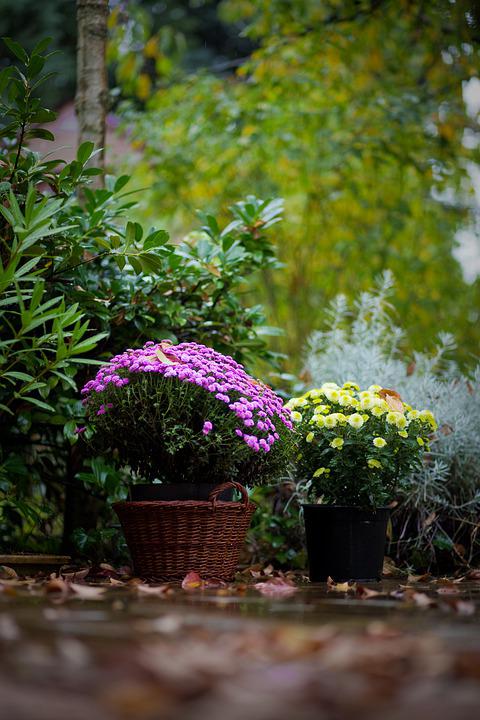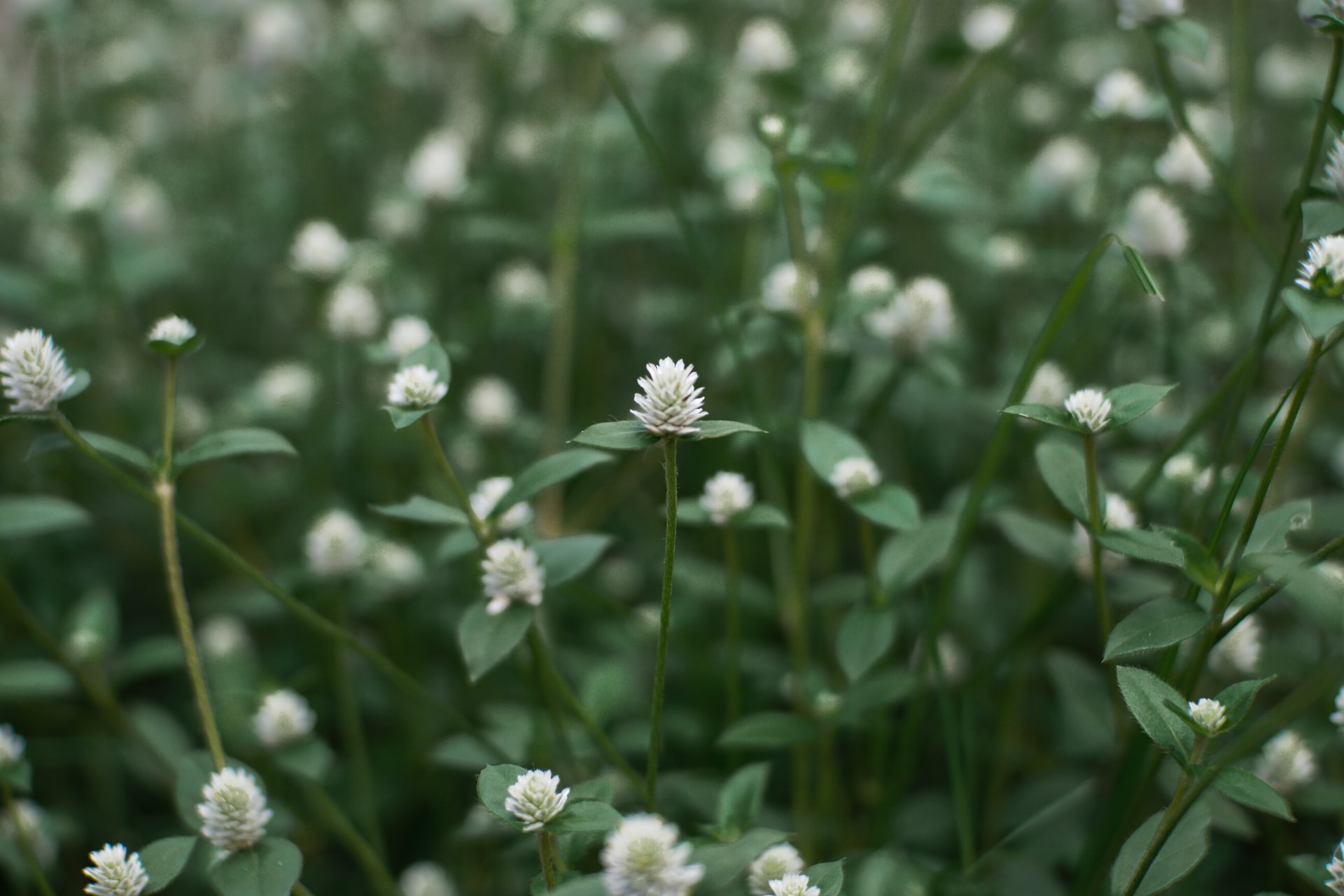In the heart of a blossoming garden, where petals sway in the gentle breeze and vibrant colours dance with the sunlight, there lies a hidden gem – the rain garden. For those who find solace in the company of flourishing blooms and the soothing sound of raindrops, understanding the purpose of a rain garden becomes not just a necessity but a celebration of nature’s elegance. Let’s delve into the enchanting world of rain gardens, exploring their significance in creating a harmonious haven for garden-lovers.
A Symphony of Sustainability
At the core of a rain garden’s purpose is the harmonious dance between nature and human intervention. It serves as a sustainable solution to manage rainwater runoff, preventing soil erosion and minimizing the impact on local water systems. This section unravels the intricate mechanisms that transform a rain garden into a symphony of sustainability, where water is not just managed but celebrated as a life-nurturing force.
A well-designed rain garden acts as a natural sponge, absorbing rainwater and allowing it to percolate into the soil. This not only prevents excess water from running off but also recharges the groundwater table. The plants in the rain garden play a crucial role, as their roots help in water absorption and prevent soil erosion. It’s a harmonious partnership between the elements, where each raindrop contributes to the vitality of the garden and the surrounding ecosystem.
Cultivating Biodiversity
For garden-lovers, the allure of a vibrant and diverse ecosystem is irresistible. A well-designed rain garden is a haven for biodiversity, attracting a myriad of flora and fauna. From vibrant wildflowers to the gentle hum of pollinators, this section explores how a rain garden becomes a thriving ecosystem, inviting garden-lovers to witness nature’s canvas unfold in their own backyard.
The collection of native plants in a rain garden not only adds a splash of colour but also creates a habitat for various species. Butterflies, bees, and birds find refuge in the welcoming environment, turning the rain garden into a buzzing hub of life. The diverse plant species contribute to the overall health of the garden, creating a balanced ecosystem that transcends the ordinary.
Mitigating Urban Challenges
In the ever-expanding urban landscape, challenges such as stormwater runoff and pollution become pressing issues. A rain garden emerges as a natural hero, mitigating these challenges by acting as a green infrastructure solution. This segment sheds light on how, amidst the concrete jungle, a rain garden stands as a testament to the power of nature in restoring balance and harmony.
Urban areas often face the detrimental effects of stormwater runoff, leading to flooding and pollution of local water bodies. Rain gardens act as a buffer, capturing and filtering stormwater before it reaches drainage systems. This not only reduces the risk of flooding but also prevents the transport of pollutants into rivers and lakes. It’s a subtle yet impactful way in which a rain garden contributes to the overall health of urban environments.
Enhancing Garden Aesthetics

Beyond its functional aspects, a well-designed rain garden contributes to the visual tapestry of a garden, adding layers of beauty and elegance. This part of the article delves into the aesthetic appeal of rain gardens, showcasing how strategically placed plants, varied textures, and the play of water create an enchanting visual experience for garden-lovers.
The diversity of plant heights, colours, and textures in a rain garden adds a dynamic visual element to the garden landscape. The presence of water, whether in the form of a meandering stream or a tranquil pond, introduces a reflective quality that enhances the overall aesthetics. It transforms the rain garden into a captivating focal point, drawing the attention of garden-lovers and becoming a conversation piece within the community.
A Therapeutic Retreat
Gardens, for many, are a therapeutic retreat, a place to unwind and connect with nature. A rain garden, with its calming sound of flowing water and the ever-changing tableau of blooms, elevates this therapeutic experience. This section explores the psychological benefits of a rain garden, underscoring its role as a soul-soothing haven for garden-lovers seeking refuge from the demands of daily life.
The sound of water has a calming effect on the mind, and a well-designed rain garden brings this tranquil element into the garden space. The seasonal changes in plant life and the constant dance of water create a therapeutic environment, fostering a sense of peace and well-being. It becomes a place for contemplation, meditation, or simply a quiet escape into nature’s embrace.
In the realm of garden-lovers, where each petal holds a story and every leaf whispers in the wind, the purpose of a rain garden transcends functionality. It becomes a testament to the beauty of coexistence between human intent and nature’s rhythm, offering an immersive experience that goes beyond the visual and touches the soul.
Nurturing Nature’s Gifts
In conclusion, understanding the purpose of a rain garden is an invitation to garden-lovers to become stewards of a balanced and sustainable ecosystem. It’s a celebration of biodiversity, a mitigation strategy for urban challenges, an enhancement of garden aesthetics, and, above all, a therapeutic retreat. As you embark on the journey of nurturing your garden, consider the profound impact a rain garden can have – not just on the landscape but on the very essence of your gardening experience.



